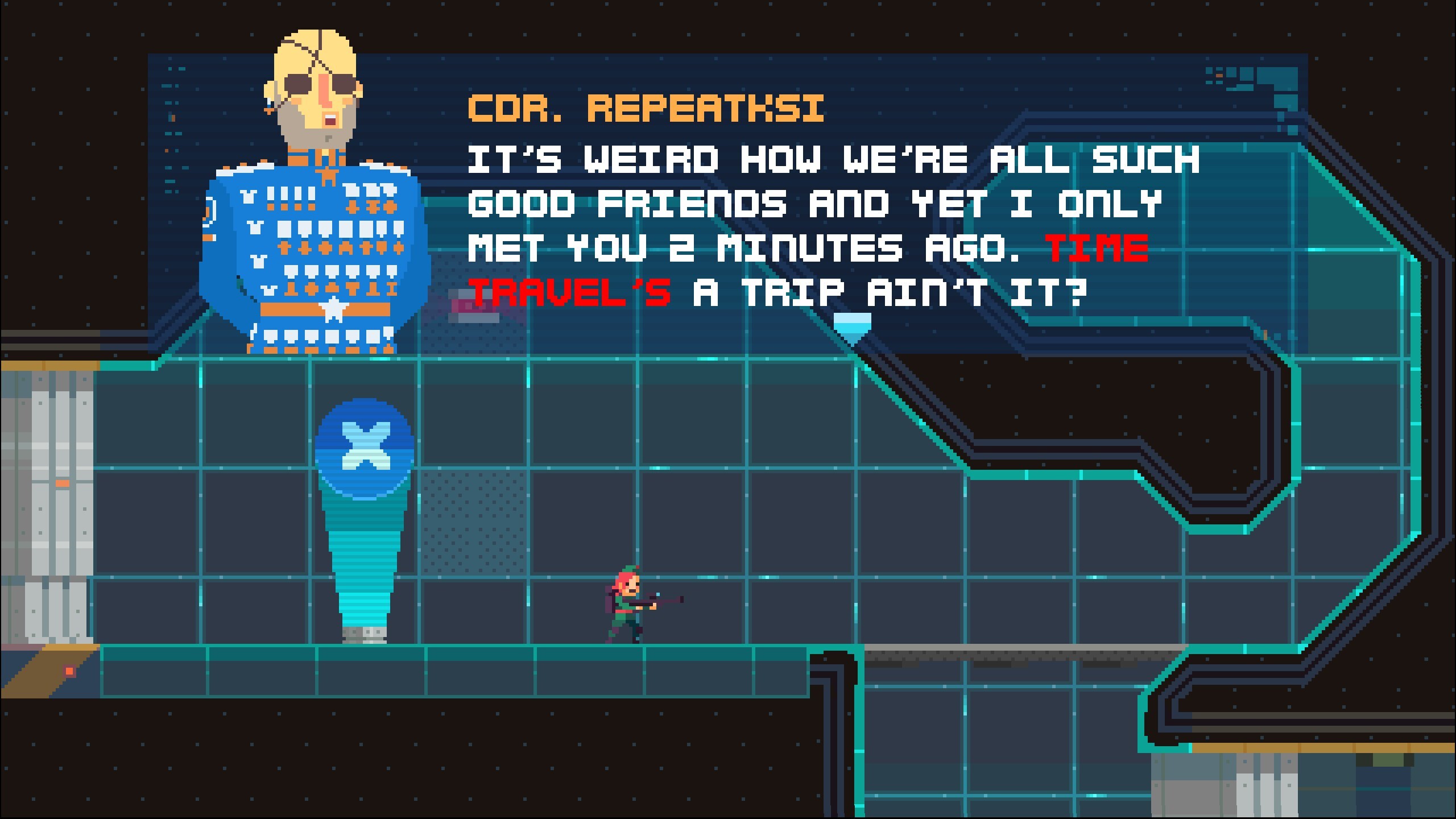The Talos Practice
I loved the demo back in 2014, and I specifically name-checked it again in 2016; but all this time, I've been sleeping on The Talos Principle -- assuming (or hoping) that it would remain playable, and fun, years later.
It did! Phew.
The demo promised fresh-feeling and brain-tickling puzzles, and the full game delivers those pretty consistently. With some late-game exceptions - which I'll complain about in a few paragraphs - each puzzle is a fun mini-journey of discovery and learning, with enough complexity that reaching a solution feels genuinely satisfying.
And like the best puzzle games, The Talos Principle isn't "just" a series of puzzles to solve; those solutions lead to pieces and hints for further puzzles, and higher-order puzzles bleed into the game's over-arching narrative and message.
There is a beautiful sense of cohesion, or even harmony, to how The Talos Principle weaves its level designs and objectives together with scattered text files and occasional voice-overs. The "subtle" and "intriguing" story hints I saw in the demo gradually grow into a compelling, thought-provoking plot that's both a brilliant companion to the puzzle gameplay, and impressively well-paced in revealing its various mysteries.
Sadly, I wouldn't have made it all the way through that plot if not for some internet guidance. And here's where I complain about the "walls" I hit in The Talos Principle's puzzles.
One common culprit was the record/replay mechanic, in which you record yourself taking some puzzle actions, then play back that recording and interact with those replayed actions. Many of the puzzles involving this mechanic just got way, way too complicated -- like Recursed, the amount of state-management involved gets pretty gnarly. And it's especially frustrating when making a mistake in the replay means you need to go back and re-record from the beginning.
Then there are the secret stars, most of which are so secret, you'd never even see them, let alone figure out how to get to them. I had to use online guides just to locate the bulk of these suckers.
And while there are, technically, in-game hints, there is a very limited quantity: only three! And, the way you unlock these hints is itself hidden! In the last in-game world! ... so they're not very helpful.
But by the time I really needed help, The Talos Principle already had its hooks deep in me. I don't feel bad at all about having to "cheat" through the last few puzzles, and I'm still plenty satisfied with the narrative payoff.
The last level, especially (the one
Better than: The Turing Test
Not as good as: The Witness (2016)
Narratively, good, but not as good as: Horizon Zero Dawn
Progress: Saw all three endings, with interweb hints.

